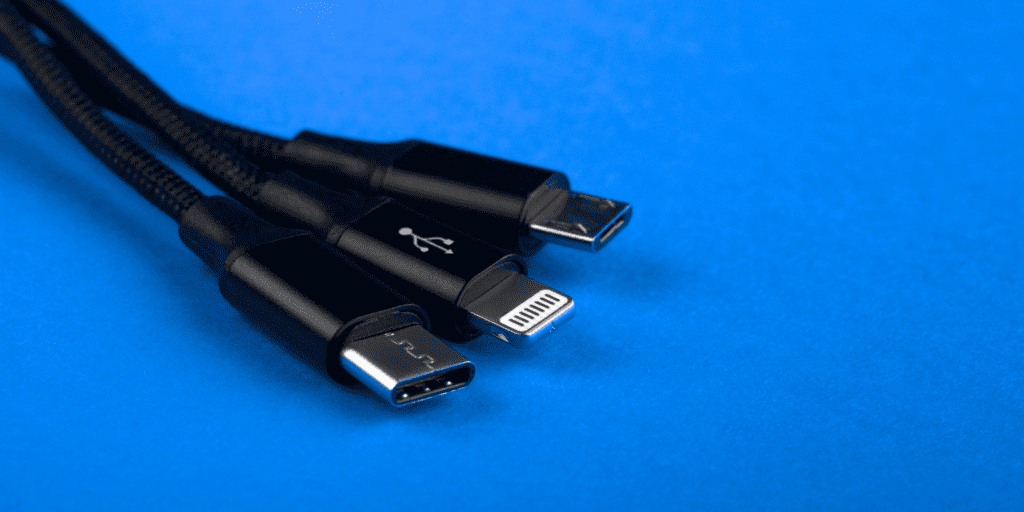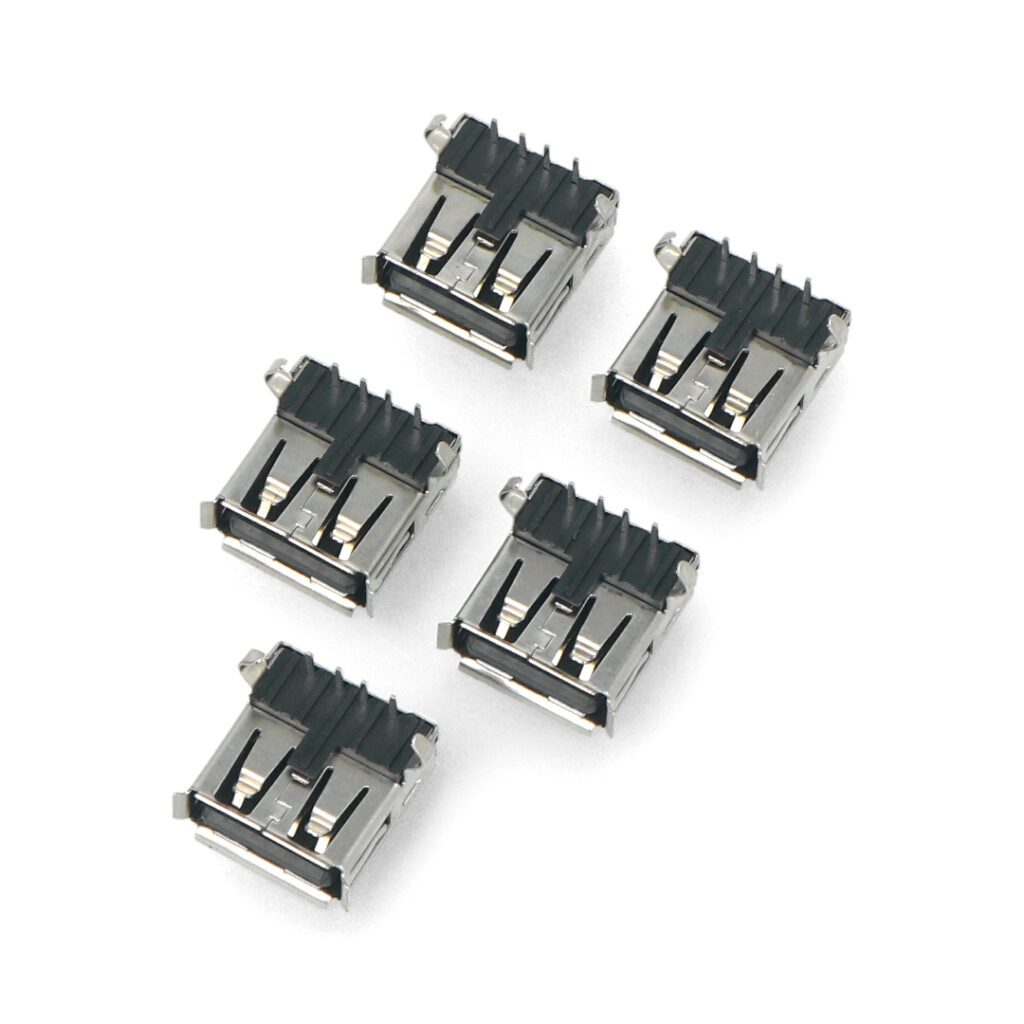Table of Contents:
The USB socket is a commonly used connector that has become a standard for communication between devices. Learn about its functions, types and applications.
USB socket - history of creation
The USB (Universal Serial Bus) socket is the result of collaboration between various technology companies, including Intel, Compaq, IBM and Microsoft, which began working on the new communications standard in the mid-1990s. The goal was to create a universal connector that would simplify the connection of various devices to the computer and replace the multitude of ports that existed at the time, such as serial and parallel ports.
The first official USB 1.0 specification was published in 1996 and offered data transfer speeds of up to 12 Mbps. This quickly gained popularity and became a standard in modern computers and other devices.
Over the years, the USB standard has evolved, introducing new versions such as USB 2.0, USB 3.0 and the latest USB 4, which offer much higher transmission speeds and more features. Thanks to its versatility and ease of use, USB has become an integral part of modern technology.
Types of USB sockets and their characteristics
USB sockets have become the standard for device-to-device communication and are present in almost all modern electronic equipment. But did you know that there are several different types of these outlets, each with their own unique functions and uses? Here is an overview of the different types of USB sockets and their characteristics.
USB-A socket
This is the most common type of USB socket, which can be found in computers, laptops and many other devices. It is a rectangular-shaped socket that is mainly used for data transmission and charging.
USB-B socket
It is mainly found in printers and scanners. It is a square-shaped socket with rounded corners and is mainly used to connect to a computer.
USB-C port
It is a modern symmetrical socket that can be connected in any orientation. It is compatible with USB 4.0 and offers ultra-fast data transmission and the ability to charge devices with high power.
Mini and Micro USB
These smaller versions of USB ports are often used in smartphones, tablets and other portable devices. Micro USB is now more common and is used for both charging and data transmission.
Power Delivery (PD) outlets
These outlets offer fast charging capabilities and are usually associated with USB-C outlets. They allow more power to be transmitted, which is especially useful for charging laptops or other devices with large battery capacities.
How to match the right USB cable to the socket?
Matching the right USB cable to the outlet may seem like a simple task, but in reality it is a process that requires consideration of several key factors. First, it is important to identify the type of USB socket on the device to which you want to connect the cable. Is it a standard USB-A socket, or is it a modern USB-C? Each type of outlet requires a different cable, so this is the first step to choosing the right solution.
After identifying the type of slot, the next step is to consider the data transmission speed we need. Different versions of USB offer different speeds, so if you need fast data transfer, it’s worth investing in a cable compatible with USB 3.0 or higher.
The power supply should not be forgotten either. If you plan to use the cable to charge your device, you need to make sure it is capable of transmitting sufficient power. For modern devices that require fast charging, a cable with Power Delivery is the best choice.
Last but not least is the length of the cable. A cable that is too short can limit our options, while one that is too long can lead to a loss of signal quality.
Choosing the right USB cable is not only a matter of matching plugs, but also of understanding our individual needs and requirements. Only then will we be able to take full advantage of the possibilities offered to us by this versatile connector.
How to clean the USB socket?
Cleaning the USB socket is an important part of electronic device maintenance that is often overlooked. A dirty socket can lead to charging and data transfer problems, so it’s worth knowing how to clean it properly.
First, make sure the device is turned off and disconnected from the power source. This is crucial to ensure safety during cleaning. Then prepare the necessary tools, such as ear sticks, isopropyl alcohol and a soft cloth.
Start by gently cleaning the nest with a dry ear stick. Insert it carefully into the socket and make a few gentle movements to remove dust and dirt. Avoid using force that could damage the delicate components inside the socket.
If the dirt is difficult to remove, you can use isopropyl alcohol. Apply a small amount to the end of an ear stick and gently wipe the socket. Isopropyl alcohol is a good option because it evaporates quickly and leaves no residue.
After cleaning, wipe the socket with a soft cloth and wait a few minutes to make sure the alcohol has completely evaporated. Then you can reconnect the device to the power source and see if the problem is solved.
Remember that regular cleaning of the USB socket can significantly extend the life of your devices and ensure their smooth operation.
USB technology development - what awaits us in the future?
USB technology is constantly evolving, adapting to the growing needs of users and dynamic changes in the world of electronics. Now we have the introduction of the USB 4.0 standard, which offers transmission speeds of up to 40 Gbps and support for various protocols, such as Thunderbolt 3. But what awaits us in the future?
One direction of development is to increase data transmission speeds and energy efficiency. We can expect the next generations of USB to be even faster and more energy efficient. In addition, there is a growing demand for versatility, which may lead to further integration of different standards and protocols into a single socket.
As more and more data is transferred via USB, security mechanisms will become more and more sophisticated to effectively protect against data theft.
The future of USB technology promises to be very promising, with an emphasis on speed, versatility and security.
How useful was this post?
Click on a star to rate it!
Average rating 0 / 5. Vote count: 0
No votes so far! Be the first to rate this post.





















